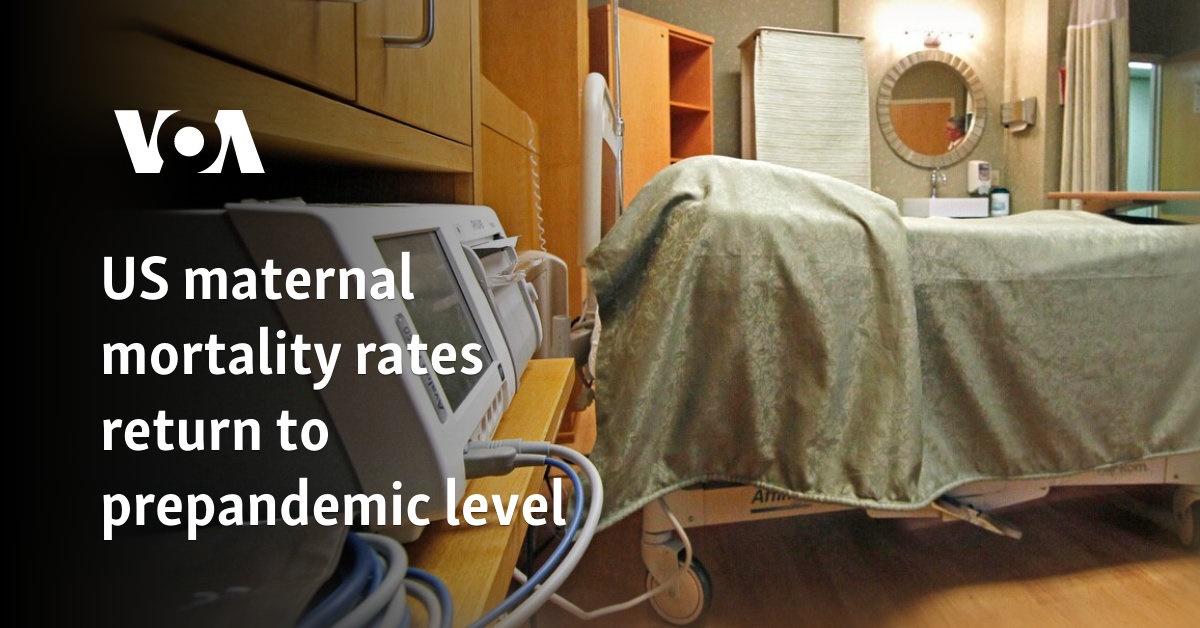New government statistics indicate that the U.S. maternal mortality rate is coming down, following a spike during the COVID-19 pandemic, according to a Centers for Disease Control and Prevention report released Thursday.
About 680 women died last year in pregnancy-related deaths, according to provisional CDC data.
That’s a drop from 2022, when 817 maternal deaths were reported.
In 2021, during the pandemic, the number spiked to 1,205 deaths.
Before the pandemic, in 2020, 861 maternal deaths were reported.
The CDC and the World Health Organization classify maternal mortality as a death during pregnancy or childbirth and up to 42 days after the pregnancy if it could be related to the pregnancy.
The provisional 2023 U.S. maternal mortality numbers, after further investigation, will likely change. In 2022, for example, the final figure was 11% higher than the provisional number.
However, Donna Hoyert, a CDC maternal mortality researcher, told The Associated Press that the 2023 maternal death numbers are still expected to be lower than the 2022 figures.
While the overall maternal mortality numbers in the U.S. are returning to prepandemic figures, racial disparities persist, as they did before the pandemic.
Verda Hicks, president of the American College of Obstetricians and Gynecologists, told Agence France-Press that the lower numbers are positive but also sobering.
“We are reminded, again, that we are nowhere near resolving the issue of maternal mortality, particularly when trying to close the gap on health care disparities,” she said.
While there were 19 deaths in 2022 per 100,000 births for white women, there were 49.5 deaths per 100,000 births among Black mothers, Hicks said.
She said the spike during the pandemic was likely a result of difficulty obtaining health care during that period and “worsening racial health inequities.”
“In the last five years, we’ve really not improved on lowering the maternal death rate in our country,” Ashley Stoneburner, the March of Dimes’ director of applied research and analytics, told AP. “There’s still a lot of work to do.”
Stoneburner’s organization has recently initiated a campaign encouraging pregnant woman at risk of preeclampsia — a high blood pressure disorder that can harm the baby and the mother — to take a low dose of aspirin as a way of avoiding the condition.
While efforts are being made to reduce maternal deaths, like preventing blood loss, those efforts can be offset by other factors, like access to health care. A number of hospitals have closed in recent years, especially in rural areas.
Another factor is the 2022 Supreme Court decision that overturned a woman’s right to an abortion. That move has left some medical practitioners reluctant to provide women with appropriate maternity care, which can include abortion, because the medical workers fear legal consequences.
“I think there’s good news. We’re making strides in certain areas,” Dr. Laura Riley, a New York City-based obstetrician, told the AP. “But the bad news and scary news is … there are these other political and social forces that make this (reducing maternal deaths) difficult.”







